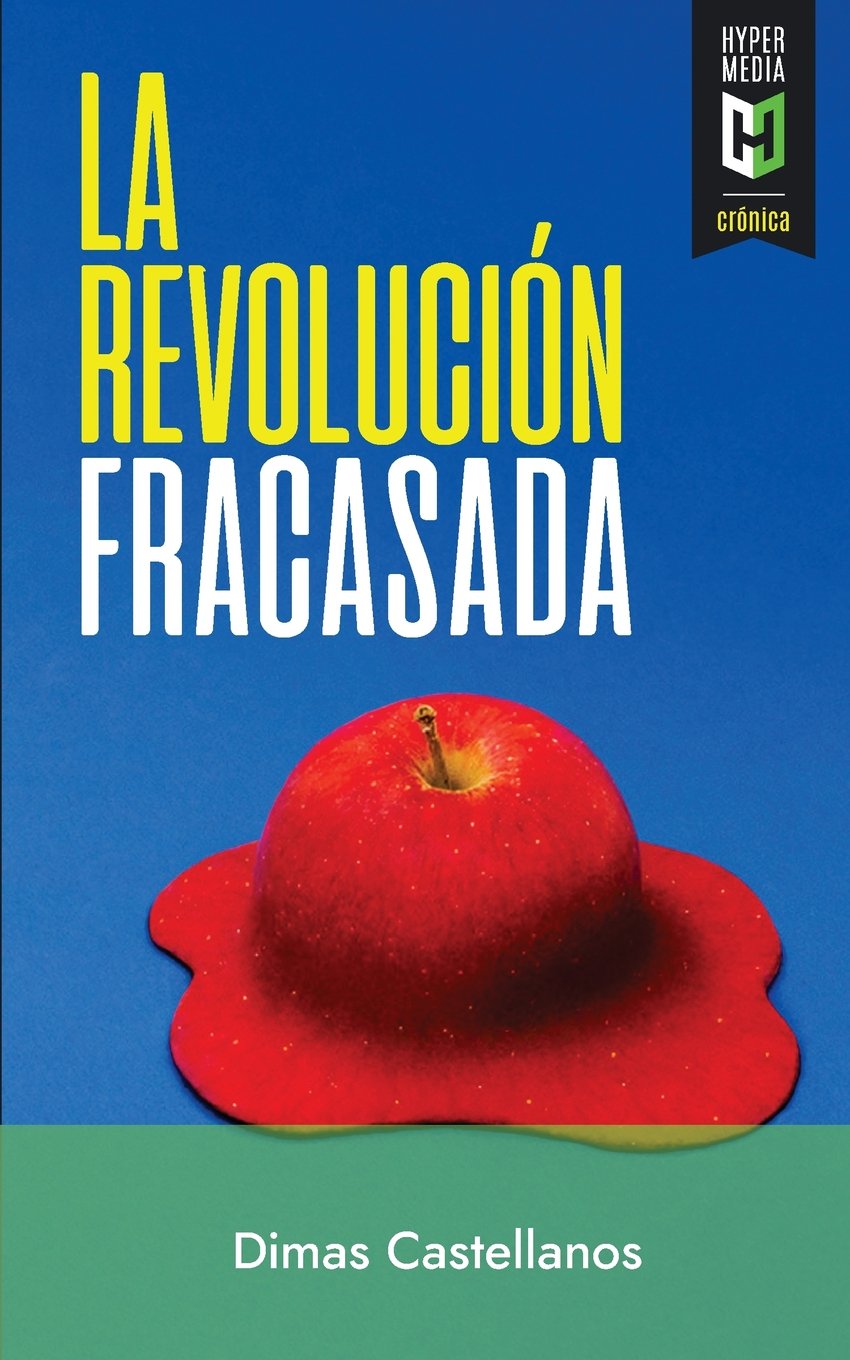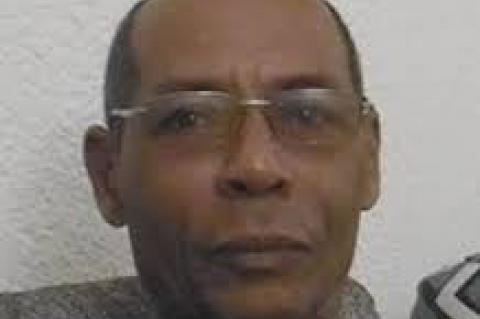The Federation of Cuban Women: Feminism Went into a Tailspin
Lacking autonomy, feminism in Cuba is right where Ana Betancourt left it in 1869.
"And may there not be a single place in Cuba where the Federation of Cuban Women (FMC) is not constituted, and not a single revolutionary woman who is not a member of the Federation of Cuban Women," Fidel Castro said on August 23, 1960.
On March 8, 2013, at the IX Congress of the FMC, José Ramón Machado Ventura stated that if Fidel's idea of creating the FMC was brilliant, timely and truly forward-thinking, "so was his wise decision to put Vilma Espín Guillois at the head of the nascent women's organization."
The words of Fidel Castro (1960) and then those of Machado Ventura (2013), at that time second secretary of the Communist Party of Cuba (PCC), demonstrate that the creation of the FMC and the appointment of its president were decisions made by a man, not a result of Cuban women's struggle for their emancipation. The tasks assigned, starting with the defense of the Revolution, did not admit women any dissenting women, even if they were also Cuban.
A brief look back
In Roman legislation - the basis of European and American legislation - women had no legal control over themselves, their money or their children. Those legal norms were rooted in a patriarchal culture. At the end of the 18th century, the Enlightenment and the Industrial Revolution led to the emergence of feminist movements. In revolutionary France, in 1789, clubs of republican women demanded that the aims of liberty, equality, and fraternity be applied equally to both sexes. In 1792 the first feminist book calling for equality, in an adamant tone, was published in England. And, among the main demands of the first convention on women's rights, held in New York in 1848, was equality between men and women, including the right to vote and an end to double standards of moral conduct for men and women.
In Cuba, since the nineteenth century, several intellectuals have championed women's rights. Mercedes Santa Cruz y Montalvo (Countess of Merlin) reflected the feelings and perspectives of women in her literary works. Gertrudis Gómez de Avellaneda published the magazine Álbum Cubano de lo Bueno y de lo Bello, in which she encouraged women to question male dominance. Ana Betancourt de Mora, at the Constituent Assembly of Guáimaro (1869), presented a petition to the Chamber, requesting that as soon as the Republic was established, women be granted the rights to which they were justly entitled. Edelmira Guerra de Dauval, President of the Esperanza del Valle Club, helped draft the revolutionary manifesto of March 19, 1897, whose Article 4 read: "We want women to be able to exercise their natural rights through the vote of single women or widows over 25, or those divorced for just causes." That same year, María Luisa Dolz y Arango introduced participatory education to promote independent thinking by women.
During the Republic, making use of constitutional freedoms, women founded hundreds of associations, including: the National Feminist Party (1912), the Suffragette Party (1913), the Women's Club of Cuba (1918), the National Federation of Women's Associations of Cuba (1921), the Lyceum (1928) and the Women's Labor Union (1930). They held three national congresses: the first (1923), groundbreaking among those of its nature in Hispanic America, was attended by 31 associations and, according to its president, Pilar Morlón, was "A congress of women, devised by them, organized by them, and carried out by them, without official help of any kind!" The fundamental demand of the second congress (1925), with 71 associations, was the right to vote. The third congress (1939), with 2,000 delegates, under the slogan "For women, for children, for peace and progress in Cuba" had among its demands a constitutional guarantee for equal rights for women, which was discussed at the Constituent Assembly that produced the Constitution of 1940. The feminists Alicia Hernández de la Barca, Esperanza Sánchez Mastrapa and María Esther Villoch Leyva participated in that assembly.
Making use of these conquered freedoms, women demonstrated in the streets, founded obstetric clinics and night schools, developed health programs and established contacts with feminist groups abroad, without any men assisting them. In the 1950s they created, among other associations, the Marti Centennial Women's Civic Front, the Humanist Women's Group, the Brotherhood of Mothers and the Revolutionary Women's Brigades.
As a result of their struggle, in 1917 they achieved parental authority over their children, and the free administration of their property; in 1918, the Divorce Law; in 1934, the right to vote; and in 1940 the Constitution endorsed universal, egalitarian and confidential suffrage in its Article 97.
In Fidel's History Will Absolve Me speech (1953), women were not included when defining the concept of people, nor in the first five laws that were proclaimed upon his triumph. In the insurrectionary stage of 1958, unlike what happened in the War of Independence, when Magdalena Peña Redonda obtained the highest military rank (general); three others, that of colonel; and more than 20, that of captain, no woman came down from the Sierra Maestra with the highest rank, which was then that of commander.
In January 1959 women's associations were dissolved, and those that emerged in the 1950s, fighting against Fulgencio Batista, were grouped into the Revolutionary Women's Unit (UFR) and held their First National Conference in April 1959. In August 1960 the UFR became the FMC, first subordinated to the Government that created it, and then, constitutionally (from 1976 to today), to the only political party permitted. This explains why all its congresses have been presided over by the highest-ranking male authorities of the Party-State-Government.
What about today?
Denying or not knowing about the rich history of women's struggle in Cuba, the Secretary General of the FMC, Teresa Amarelle Boué, on October 18, 2012, on the television program Mesa Redonda, stated that thanks to the revolution in 1959 Cuban women were able to exercise their right to vote; they actually obtained it in 1934, and exercised it in 1936, 1940, 1944, 1948, and in the disputed elections of 1954 and 1958.
Lacking autonomy, feminism in Cuba is right where Ana Betancourt left it in 1869: demanding rights. The rest went into a tailspin. Rectifying this historical regression calls for the reinstitution of civil the and political freedoms and rights —the foundation of emancipation and sovereignty— that were swept away by the Revolution.




